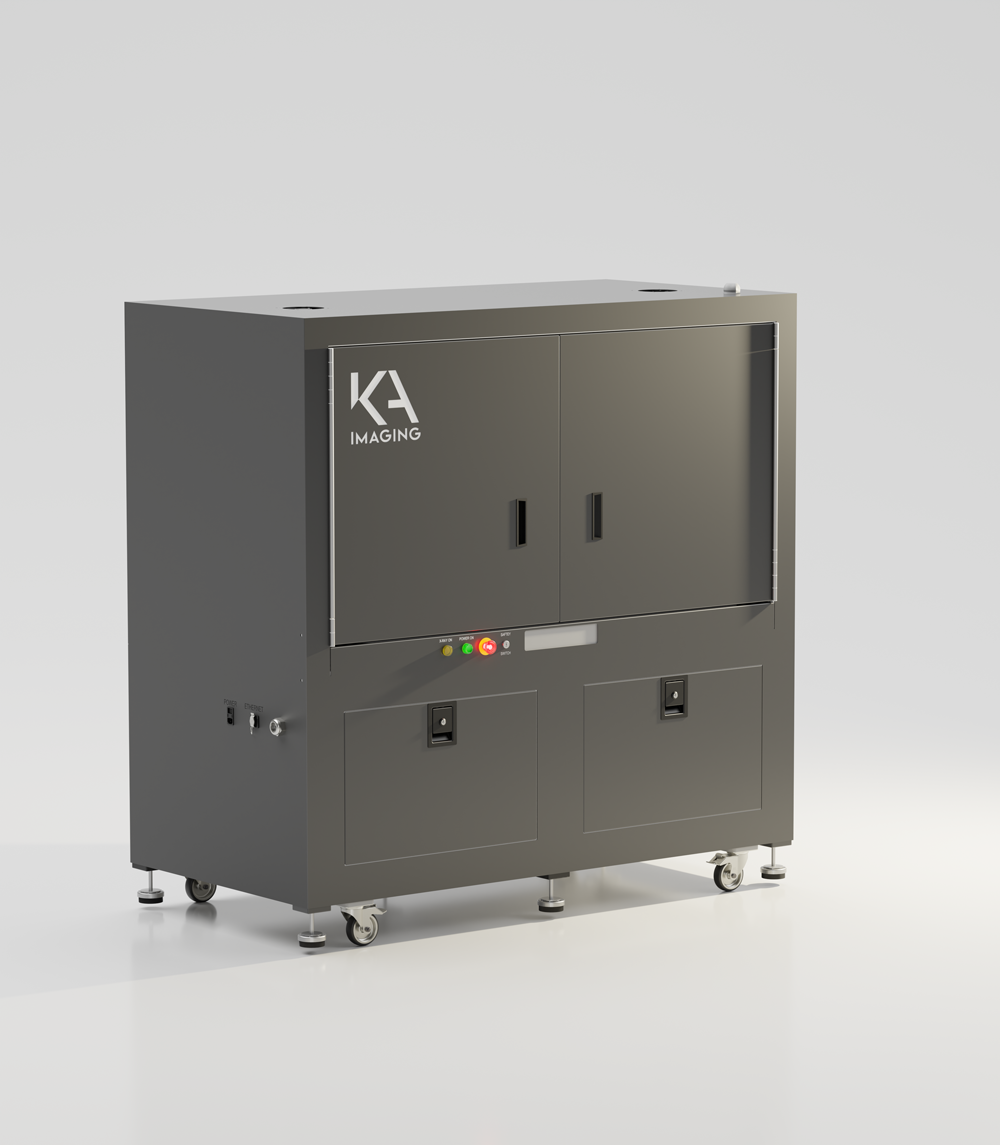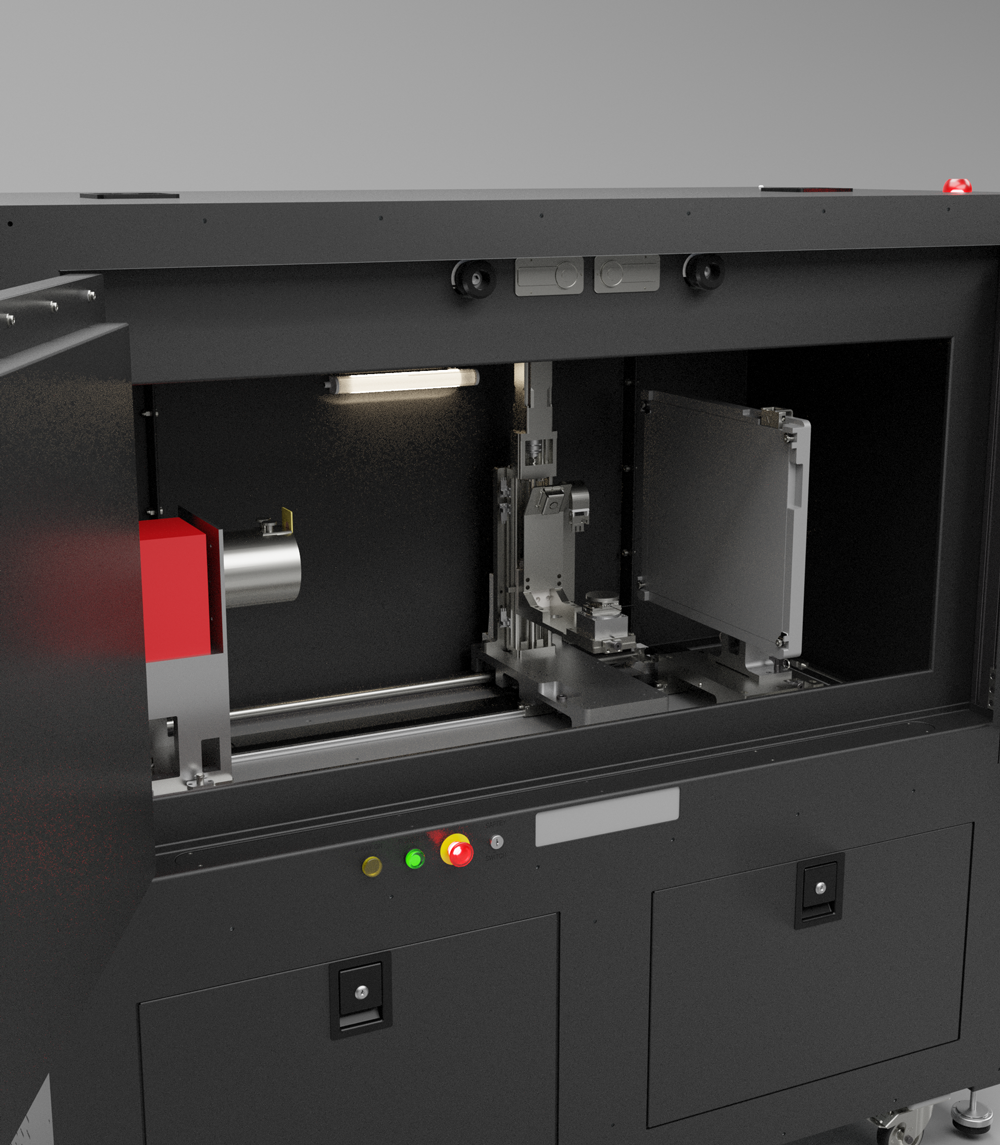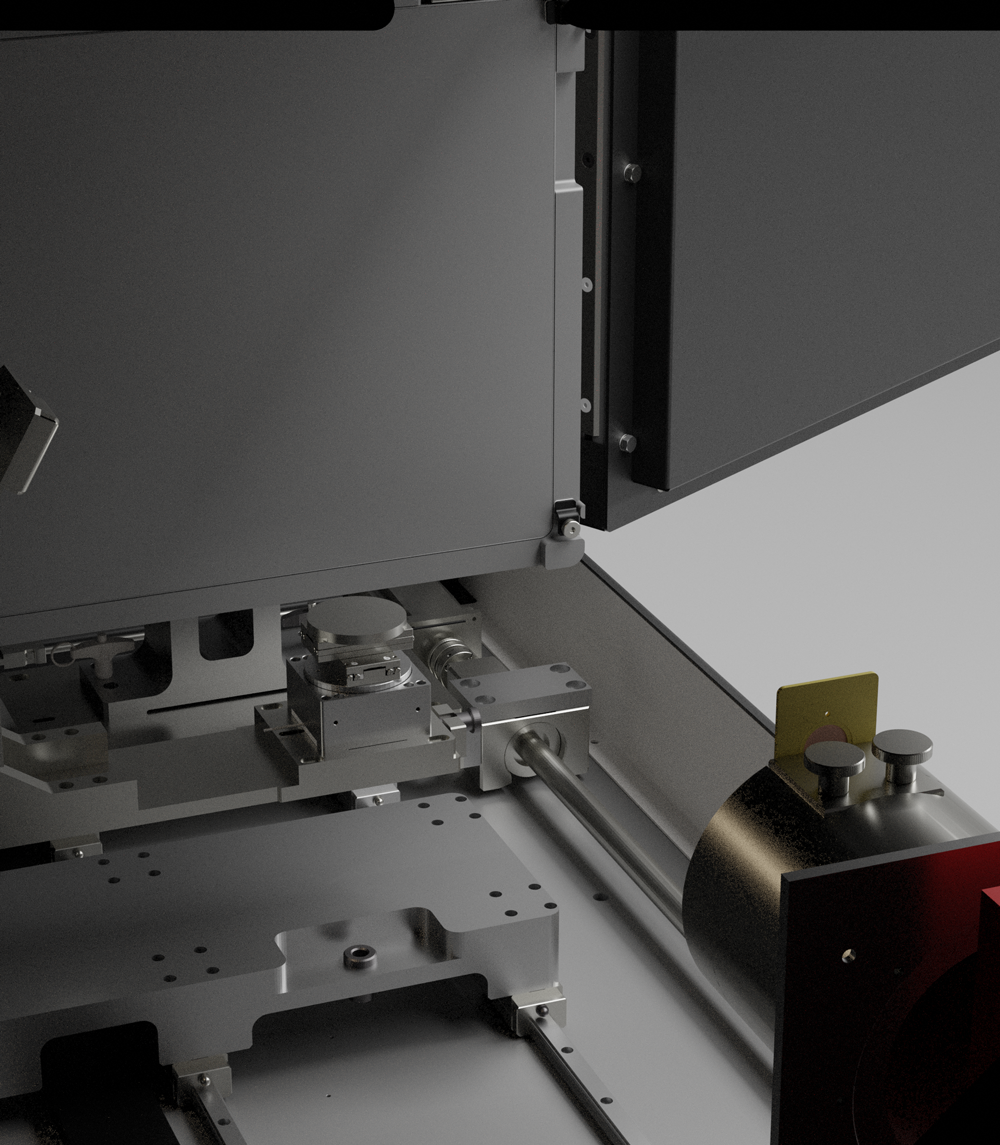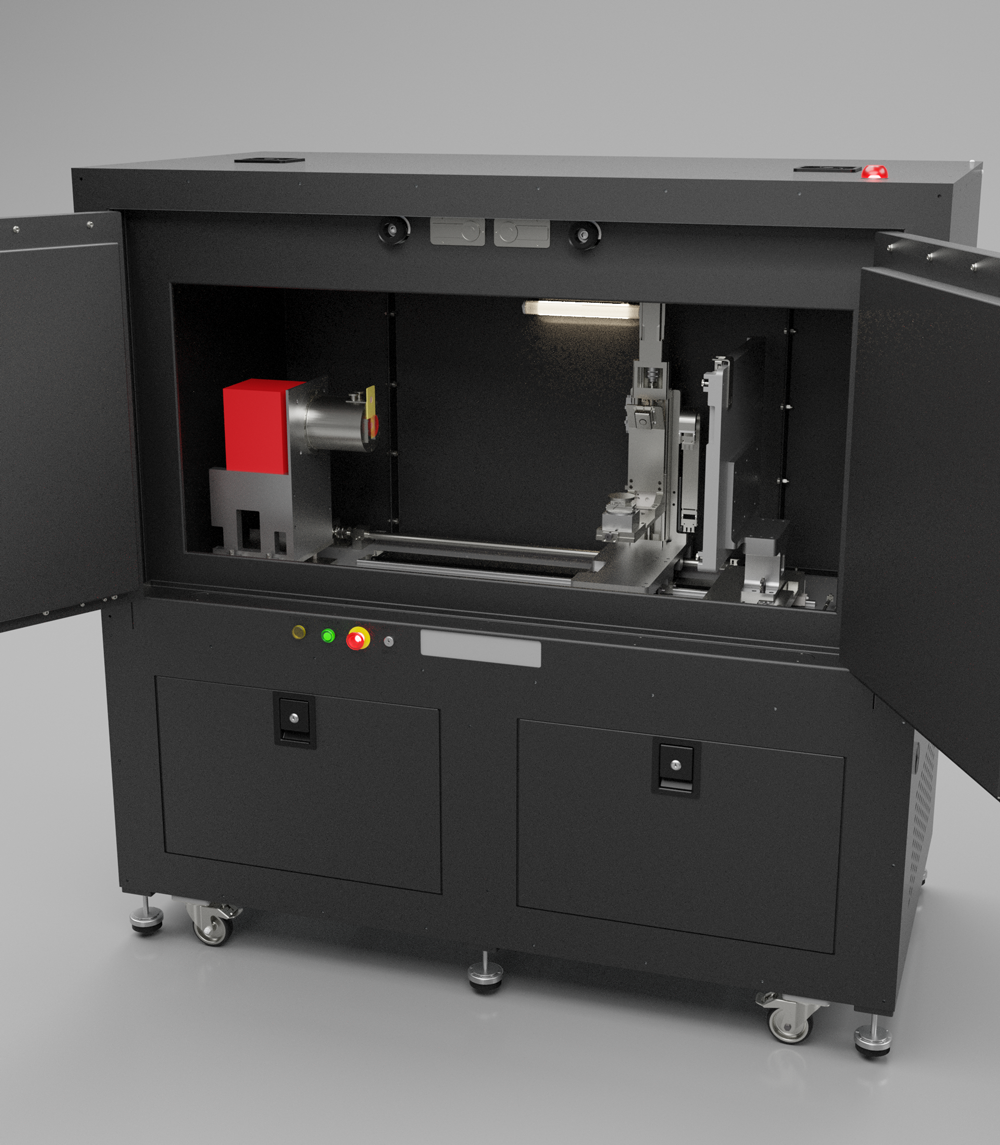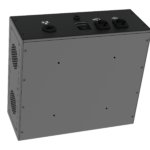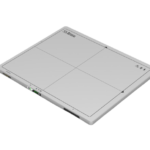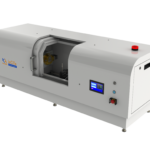inCiTe™ 2.0 3D X-ray Microscope
An innovative micro-CT system that integrates both phase contrast and spectral imaging capabilities.
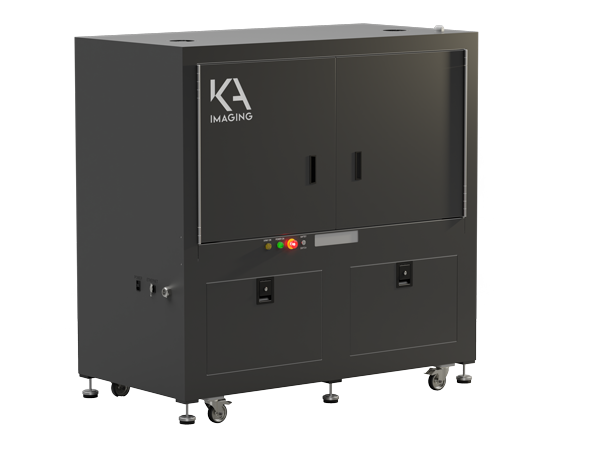
The inCiTe 2.0 3D X-ray Microscope is an innovative micro-CT system that integrates both phase contrast and spectral imaging capabilities. Designed for industrial and research applications, inCiTe 2.0 offers high-resolution imaging for non-destructive testing, making it an alternative to traditional Scanning Electron microscopy (SEM).
The inCiTe 2.0 Micro-CT system delivers multi-material differentiation in a single scan, optimizing material separation for industries such as aerospace, construction, and security. Its advanced phase contrast imaging technology enhances the visualization of low-density materials and subtle variations, offering a new level of detail and clarity in imaging applications.
Product overview
2 X-ray detector options: BrillianSe Hybrid Detector or Reveal Flat Panel Detector
Re-configurable modular design
Sealed Type X-ray Source Up To 130 kV
Propagation-based phase contrast Technology
X-ray Spot Size Down To 2 μm (110 kV max.)
Faster scan time
Literature
inCiTe 2.0™: Phase Contrast and Spectral Imaging for Industrial and Research Excellence
KA Imaging’s inCiTe 2.0 3D X-ray Microscope offers advanced phase contrast and spectral imaging for high-resolution, non-destructive testing (NDT). Ideal for industries like aerospace, construction, and security, inCiTe 2.0 enables multi-material differentiation in a single scan, providing superior detail for research and industrial applications. With its ability to visualize low-density materials and subtle variations, it’s a powerful alternative to Scanning Electron Microscopy (SEM).
Non-destructive Testing (NDT)
Aerospace Component Inspection
Battery Analysis
Construction Materials Testing
Academic Research
Security Screening
Customer Stories
Phase Contrast: better visualization for low-density materials
The inCiTe™ 3D X-ray Microscope excels in phase-contrast imaging, which is crucial when traditional X-ray methods struggle with low-density materials like soft tissues or polymers. Unlike conventional systems that measure only X-ray intensity, thanks to BrillianSe™ X-ray Detector, inCiTe™ can capture subtle phase shifts, enhancing image contrast. This is achieved using free-space propagation, where phase variations translate directly into intensity fluctuations, offering clearer, more detailed images.
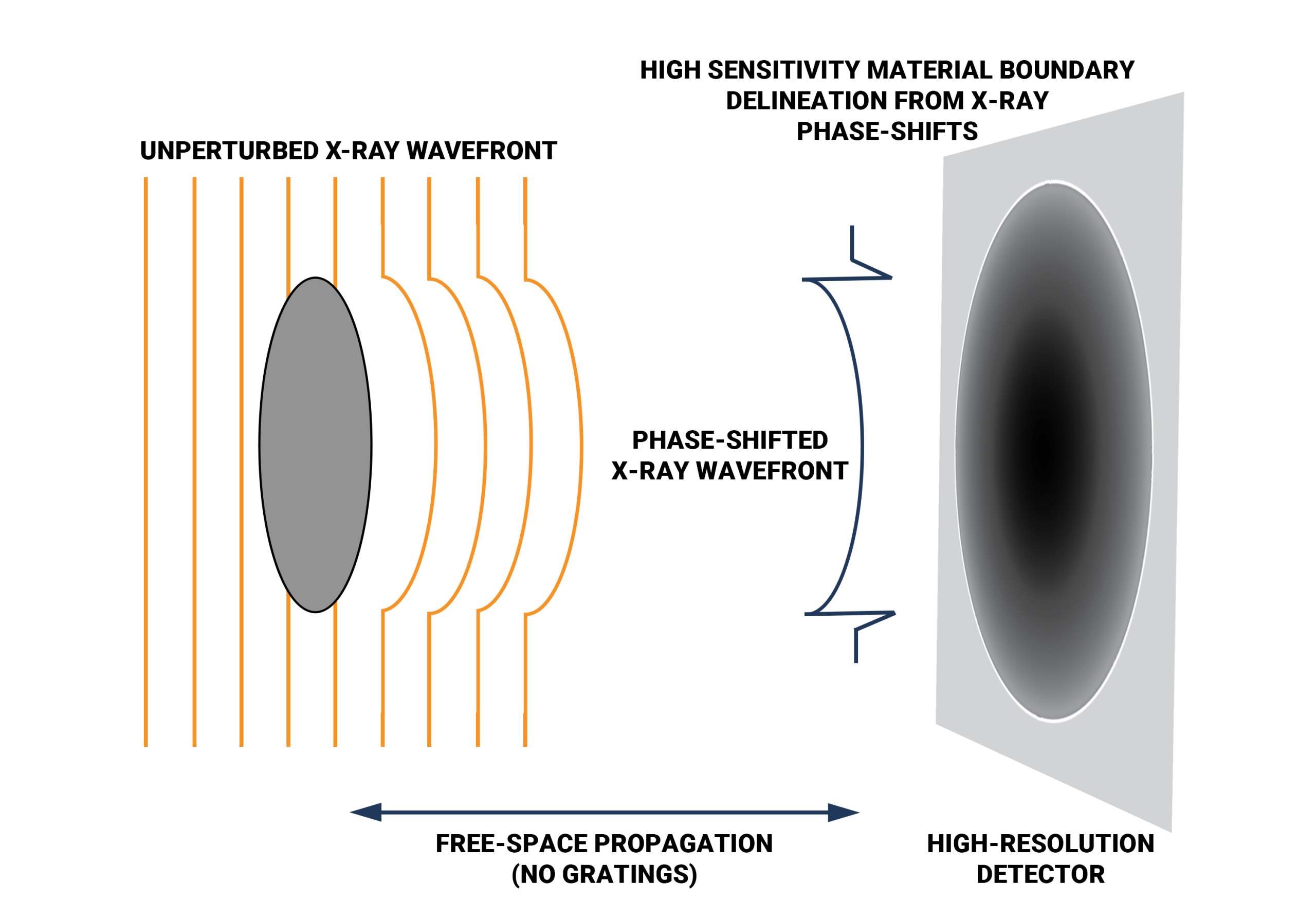

About BrillianSe™ X-ray Detector
BrillianSe™ is a hybrid a-Se/CMOS detector that uses an a-Se photoconductor with high intrinsic spatial resolution for direct conversion of X-ray photons to electric charge. The electronic signal is then read out by a low noise CMOS active pixel sensor (APS). Without the need to first convert X-ray photons to visible light, as in indirect scintillator-based approaches, thinning of the conversion layer to minimize optical scatter is not necessary.
SpectralDR® technology: single-exposure dual-energy Subtraction X-ray

In addition to the DR, the SpectralDR® technology in the Reveal™ 35C detector offers quick access to supplemental dual-energy high-density and low-density images. No extra radiation is needed: all three images are created simultaneously with a single standard X-ray dose.
Latest blogs
You can’t fix what you can’t see. As electronic devices become more compact, densely layered,…
When labs consider new equipment, the decision isn’t just about the sticker price. Research groups,…
In biomedical research, advanced imaging technologies are essential for uncovering microstructural changes in tissues, tracking…
Original research
S. Abbaszadeh, CC Scott, O Bubon, A Reznik, KS Karim, “Enhanced detection efficiency of direct conversion X-ray detector using polyimide as hole-blocking layer,” Scientific Reports, December 2013
G.P. Lindberg, T. O’Loughlin, N. Gross, A. Mishchenko, A. Reznik, S. Abbaszadeh, K.S. Karim, G. Belev, B. Weinstein, “Photo-crystallization in a-Se layer structures: effects of film-substrate interface-rigidity,” Journal of Applied Physics, vol. 116, November 2014.
A. Parsafar, C. Scott, A. El-Falou, P. Levine, K.S. Karim, “Direct-Conversion CMOS X-Ray Imager with 5.6 μm × 6.25 μm Pixels,” IEEE Electron Device Letters, 36(5), pp. 481-3, May 2015.
C.C. Scott, A. Parsafar, A. El-Falou, P. M. Levine, K.S. Karim, “High Dose Efficiency, Ultra-high Resolution Amorphous Selenium/CMOS Hybrid Digital X-ray Imager,” IEEE International Electron Devices Meeting (IEDM) Technical Digest, December 2015.
Related research
- Comparing conventional and phase contrast imaging
Gureyev, Timur Eugenievich, Sheridan C. Mayo, Damian E. Myers, Ya Nesterets, D. M. Paganin, A. Pogany, Andrew W. Stevenson, and S. W. Wilkins. “Refracting Röntgen’s rays: propagation-based x-ray phase contrast for biomedical imaging.” Journal of Applied Physics 105, no. 10 (2009): 102005.
Krenkel, Martin, Mareike Töpperwien, Christian Dullin, Frauke Alves, and Tim Salditt. “Propagation-based phase-contrast tomography for high-resolution lung imaging with laboratory sources.” AIP Advances 6, no. 3 (2016): 035007.
Olivo, A., and E. Castelli. “X-ray phase contrast imaging: From synchrotrons to conventional sources.” La Rivista Del Nuovo Cimento 37 (2014): 467-508.
Bravin, Alberto, Paola Coan, and Pekka Suortti. “X-ray phase-contrast imaging: from pre-clinical applications towards clinics.” Physics in Medicine & Biology 58, no. 1 (2012): R1.
Bidola, P., K. Morgan, M. Willner, A. Fehringer, S. Allner, F. Prade, F. Pfeiffer, and K. Achterhold. “Application of sensitive, high‐resolution imaging at a commercial lab‐based X‐ray micro‐CT system using propagation‐based phase retrieval.” Journal of Microscopy 266, no. 2 (2017): 211-220.
- Propagation
Wilkins, S. W., T. Ei Gureyev, D. Gao, A. Pogany, and A. W. Stevenson. “Phase-contrast imaging using polychromatic hard X-rays.” Nature 384, no. 6607 (1996): 335-338.
Mayo, Sheridan C., Andrew W. Stevenson, and Stephen W. Wilkins. “In-line phase-contrast X-ray imaging and tomography for materials science.” Materials 5, no. 5 (2012): 937-965.
- Gratings
Pfeiffer, Franz, Timm Weitkamp, Oliver Bunk, and Christian David. “Phase retrieval and differential phase-contrast imaging with low-brilliance X-ray sources.” Nature physics 2, no. 4 (2006): 258-261.

